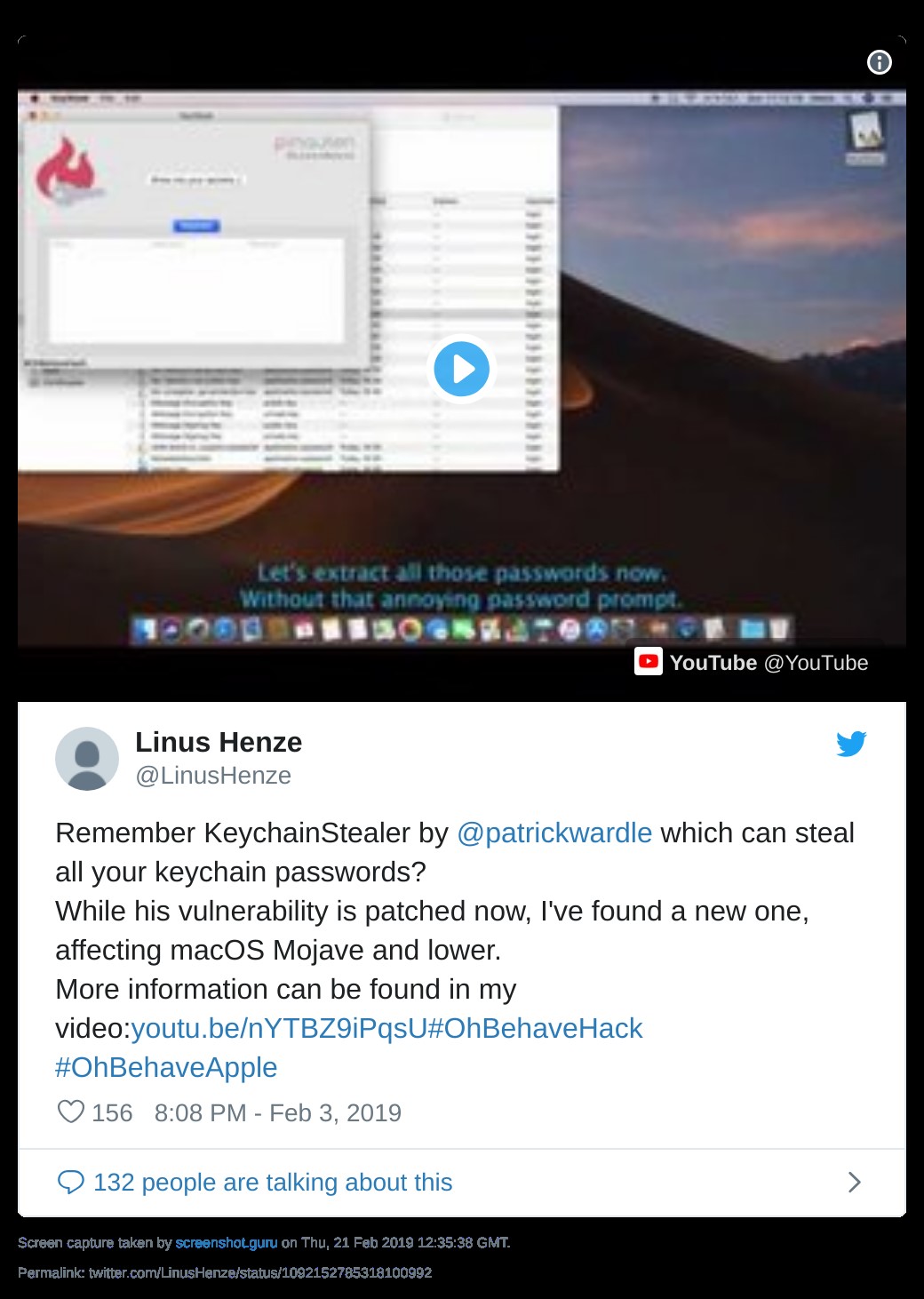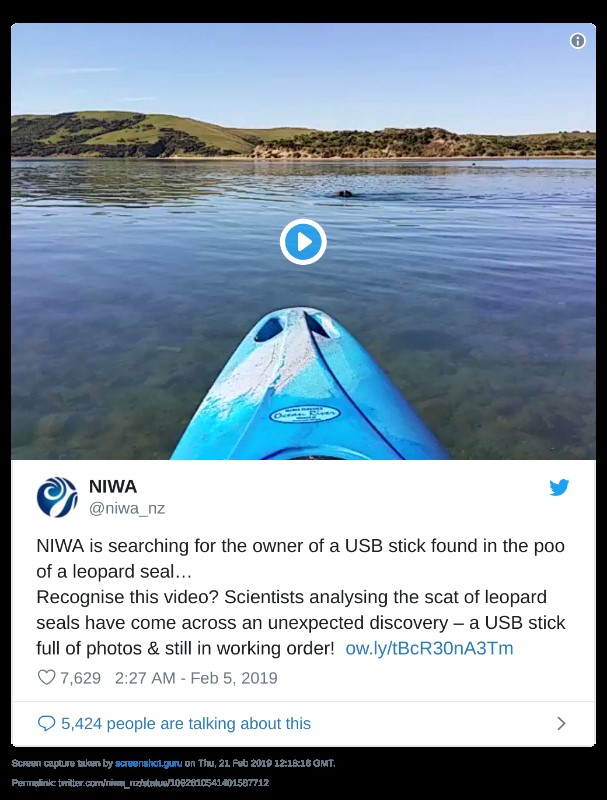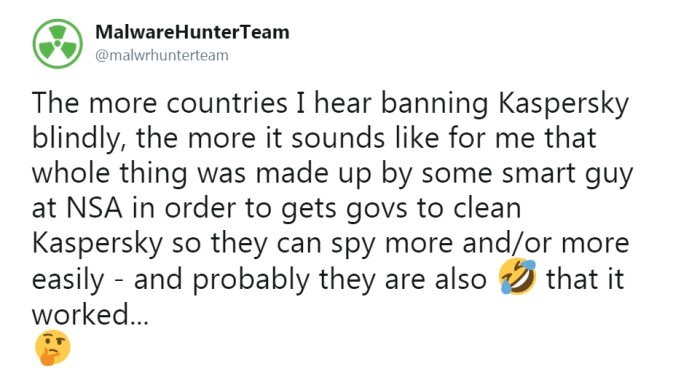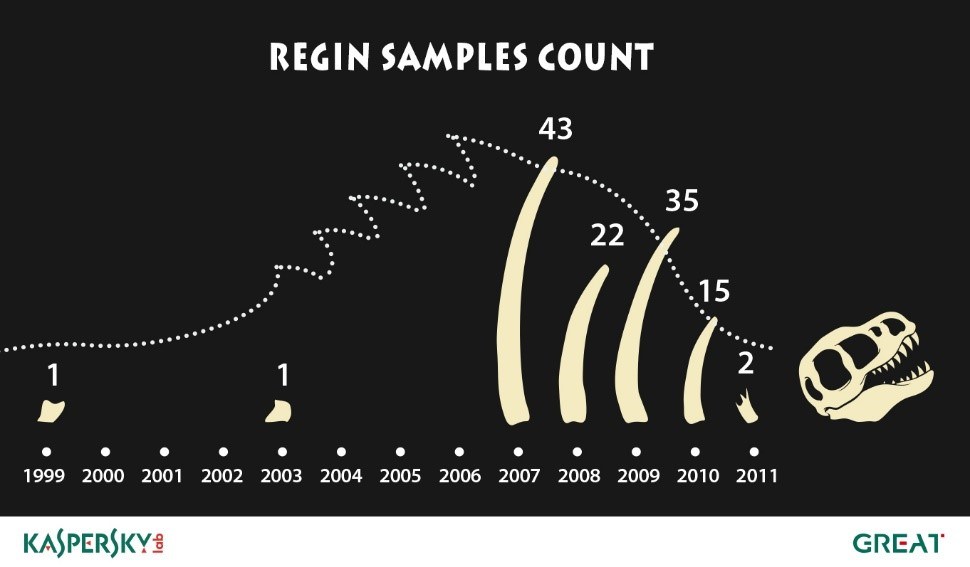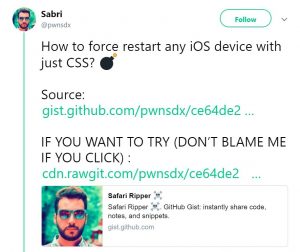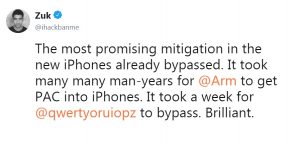March 26, 2019
Industry, infrastructure and IoT – we protect the lot.
Hi people!
Many folks still think we’re just an anti-malware company. Wrong!
Many folks think we’re an anti-malware company that protects their computers and smartphones from any and all kinds of cyber-evil better than anyone else. Right!
Thing is, we’re not just an anti-malware company anymore; far from it. For years already we’ve been providing broader cybersecurity faced with the broader and broader spectrum of cyber-bad that the world is coming up against. This includes protection against: cyberattacks on both the Internet of Things and industrial facilities.
We’ve been warning about the potential for cyberattacks on industrial objects and critical infrastructure for more years than I can remember now. We were banging on about it even before Hollywood got wind of this alarming potential, and that was in the mid-2000s. And we weren’t just banging on about it either; we were busy at work on serious protection technologies to fight it. I’ve mentioned these before, but, briefly: industrial cybersecurity, transportation cybersecurity, IoT protection, and our own secure operating system. And you won’t find many cybersecurity companies around the world that offer a range of products and technologies as wide as that.
All the same, still, today – in 2019! – we’re ‘that anti-malware company’ to a great many. However, very slowly, how we are perceived is changing. And that’s not just what I see myself – there are figures that prove it. Example: global sales of our industrial infrastructure solutions (KICS – industrial ‘antivirus’ :) ) grew in 2018 by 162%! And such growth was seen across nearly all regions – Europe, Latin America, the Middle East and Africa, Asia-Pacific, and Russia. We’ve already completed 80+ projects worldwide for a wide range of industries from power generation, mining and oil refinery, to beverage production.
Both the scale and complexity of threats in the industrial sphere are on the up; what’s more, at stake here is critically important infrastructure like… nuclear power plants. I’m sure I don’t have to tell you how serious that is. On the brighter side, thankfully, our industrial/infrastructure customers understand that protecting their kit requires an individual, tailored approach to each facility and each of its automated industrial control systems (ICS).
Btw, in 2018 our KICS was given as an example in four subsections of multifaceted ‘Operational Technology Security’ in a study by Gartner, the global research and advisory company. To me this shows one thing: that we’re the recognized leaders in the industrial cybersecurity market. Ahhh, that feels satisfying. All that work and investment hasn’t been for nothing!
But besides cutting-edge industrial security, we also have other new services and products. For example, Blockchain Security; specifically, Crypto-Exchange Security and ICO Security (ICO being ‘initial coin offering‘; like an IPO, only with cryptocurrencies, and mostly for startup companies). And we already have some successful projects under out belt! Which is nice to know since Gartner reckons that the blockchain market, come 2030, will be worth more than… three trillion dollars! Already today crypto-exchange turnover comes to more than 300 billion dollars, out of which around 1.2 billion was stolen… in just 11 hacker attacks. Looks like we’ve got our work cut out for us. Oh well. No rest for the wicked awesome ).
So what else have we in our box of tricks? Ah yes…
Now, you’ll know how the whole world these days buys, sells, and generally does business mostly online, right? What you may not know about is our solution to protect all that online business – our Fraud Prevention. It’s made up of all sorts of very cool security technologies, including behavioral biometry and machine learning (details here and here).
Another must-have for business is our DDoS Protection. This uses special sensor software that gets installed on a company’s server. It monitors traffic to collect data for behavioral analysis; it builds up this data to continually improve its ability to detect even the most subtle of behavior anomalies that are characteristic of the start of a DDoS attack. The service is full-on all-inclusive too: notifications are sent immediately about possible attacks, and there’s an option for all the traffic of a company to be redirected to KL’s Cleaning Centers and for only ‘clean’ traffic to be returned to the company. And after an attack a full report on its detailed analysis is sent to the company.
It’s all very well having all this super-duper cyber-tech, but what good is it if the human element isn’t taken into account? In crisis situations, often the PR people of an attacked company take by far not the best decisions, since they don’t really know what’s going on or what to do. Instead of minimizing damage, they make it worse with ill-advised announcements or – worse – not announcing anything to customers/the public. Therefore, we have KACIC – a set of anti-crisis communications tools backed by the whiz kids in our PR team, who understand better than most all the reputational risks of an attack on IT infrastructure. Forewarned is forearmed!
As the Fourth Industrial Revolution continues to develop and the IoT market grows and grows to change every sector of the economy (manufacturing, agriculture, commerce, urban infrastructure, transportation…), we’re putting lots of time and investment into transportation cybersecurity and protection of IoT devices; so much so I think our next breakthrough tech solutions will be in these fields. That time and investment runs parallel with my frequent calls for a thing I call ‘cyber-immunity’, which needs to replace what we have now – ‘cybersecurity’. This means a protective layer at the very core of system architecture, not placing one on top of essentially un-secure systems based on outdated technologies. We’ve already learned how to do this for IoT gadgets; next up – well, the sky is the limit!…

